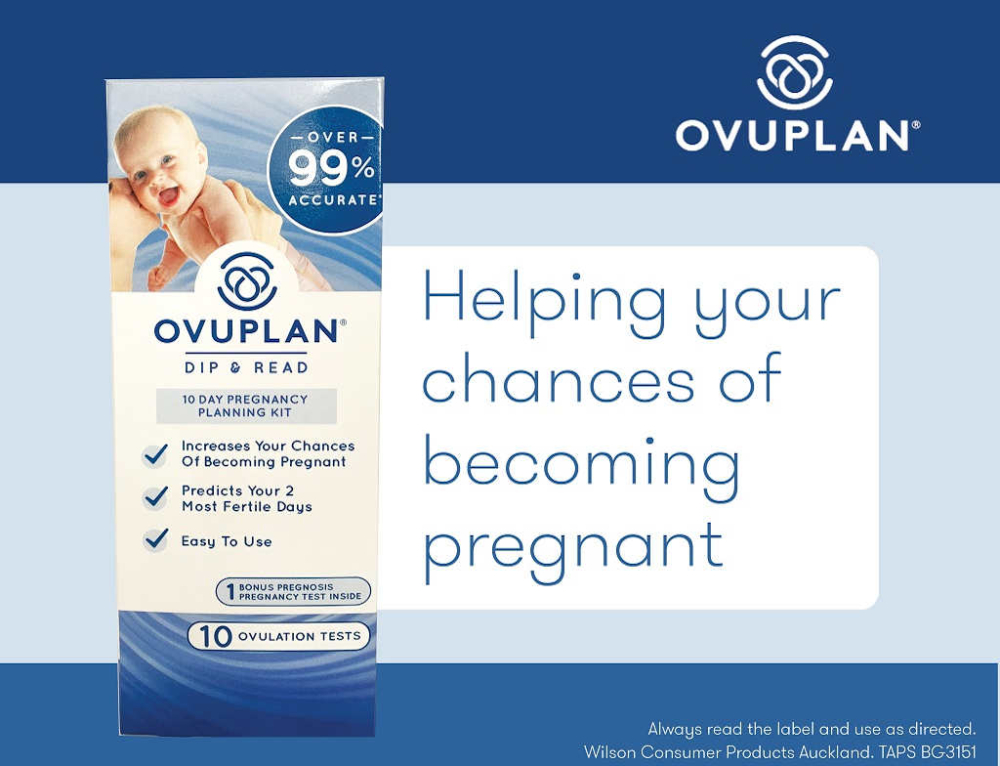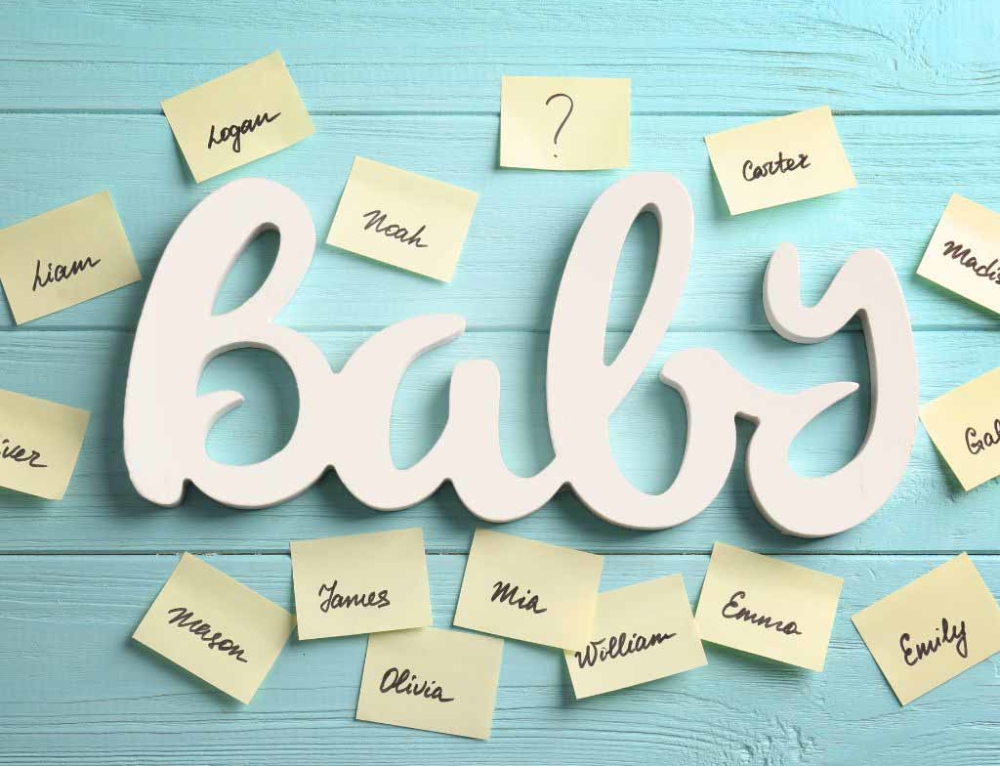Talking with your baby is a wonderful way to help them develop language and communication skills. But having a tiny human hanging on your every word can be a little daunting when you think you have nothing to say!
When a baby hears different words they develop their understanding of language. The more they hear, the more they understand and eventually learn to use. Language skills can then impact on reading and comprehension, setting your baby up for a great start in life.
Knowing we should talk to our bubbas is one thing. Knowing what to say is another. You may feel self-conscious about waffling away to someone who doesn’t even seem to be aware of what you’re talking about (though this does prepare you for when they become a teenager!), especially if you aren’t sure what to talk about or you’re out in public.
But talking to your baby can happen anywhere and at anytime – so we’ve put together some pointers to help you think about what you would like to talk about and how to help baby develop communication skills later on.
Talking to your bump
Before your baby has even made their way into this world, you can talk to your “bump”. The conversation is very one-sided but from around 23 weeks your baby can begin to hear sounds from outside the womb and create an attachment to the sound of your voice. It’s a beautiful way to begin the bonding process.
Talking to someone you can’t even see may feel a little odd so having a natter in the supermarket aisles or on the bus while surrounded by strangers probably isn’t the way to go. Instead choose moments like having a relaxing bath, whilst rubbing moisturiser on to your bump, or having a quiet moment with your partner.
Things to talk about:
- Tell baby where you are and what you’re doing – ie, “We’re taking a walk through the park near our house” or ” We’re off to visit Grandma.”
- Point out sounds and sensations – ie, “Do you hear the birds chirping?” or “Can you feel the warmth from the water?”
- Talk about other family members – ie, “Your big brother can’t wait to meet you.”
- Sing! You don’t need to be a diva, just sing along to your favourite songs, either with or without the music on.
- Read to your bump. Grab a favourite book or poem and read away.
Talking to your newborn
If you’ve been chatting away to your bump for a couple of months, the next step of talking to your newborn will be a natural progression – now you finally have an audience you can see! Although it may seem you’re the only one involved in these conversations, remember that your baby is listening and learning (for at least some of the time) even if they aren’t making eye contact.
Things to talk about:
- Carry on some of the talking points from the baby bump section including reading and singing.
- At this age your baby is with you pretty much 24-7 so talk to them about everything that you’re doing – folding laundry, cooking dinner, etc.
- You are your baby’s favourite play thing so if they “googoo” at you then copy them with a “googoo” back and they will love it!
- Tell them stories about … anything! Your life experience, your family history, the plot of a movie – it’s all good and doesn’t need to come from a book. As you’re telling the story from your memory you’re able to make lots of eye contact and show more expression.
- Point out things in the pictures in story books and talk about them.
- Keep up conversations about other family members – ie, “What do you think Grandma would like for her birthday?”
- Introduce sound words (easier to say than onomatopoeia!) during playtime, ie animal noises, “mwah” to throw a kiss, or “splish, splash, bang, crash!”
As your baby grows and their communication develops, they will begin to try and emulate your talking with coos, gurgles, and mouth movements as well as smiles, squeals and even grumpy faces. Respond to your baby’s noises to show that you’re listening and encourage their interaction.
Allow your baby the chance to experience conversation too. So, when you ask a question, like, “Are you hungry?” then pause for their response. They may offer nothing, they may just blow bubbles at you, but keep at it and eventually they will understand the cues for conversation, even if it’s just a chortle or a bum wiggle that is returned.
Remember that everybody needs their own personal space at times, so your baby won’t always be in the mood for listening while you talk. If they appear restless or distracted just take a break.
Talking to your older baby
Once your baby becomes more aware of their surroundings, the conversations really start to open up.
Things to talk about:
- If your child points to something, tell them what it is and add some good detail. For example, if they point to the cat, say, “That’s Muffin the cat. He’s a very greedy cat. What sound does he make when he’s hungry?”
- If they show interest in something, talk about it and ask questions. For instance, if they see a butterfly, say, “The butterfly has wings so it can fly. What colour is the butterfly?”
- Talk about experiences that you have had together. For instance, “Remember the last time you went on the slide? You went whizzing all the way down.”
- When reading together, point out words and letters. For instance, “That’s the letter A. Your name starts with A.” Also use plenty of expression and the sillier the voices, the better (just don’t go too scary!). Ask your baby what they think will happen next, or ask them to point to the cow, etc.
- In the car, sing songs and rhymes.
- Describe what your baby is hearing and seeing, how they are moving, the food they’re tasting, or the body part they’re wiggling.
- As your baby’s conversation skills develop, remember to show interest in their responses even if it makes no sense.
What did/do you talk about with your bump and your baby?
See more:
 Written by Julie Scanlon
Written by Julie Scanlon
Julie is Editor for Kidspot NZ and our MVP. Her hobbies include laughing uncontrollably at her own jokes, annoying her family by asking questions about movie plots, and never taking anything too seriously. She speaks a little Spanish and a lot of Yorkshire.
Favourite motto to live by: “It ain’t nothing but a thing”







Leave A Comment
You must be logged in to post a comment.